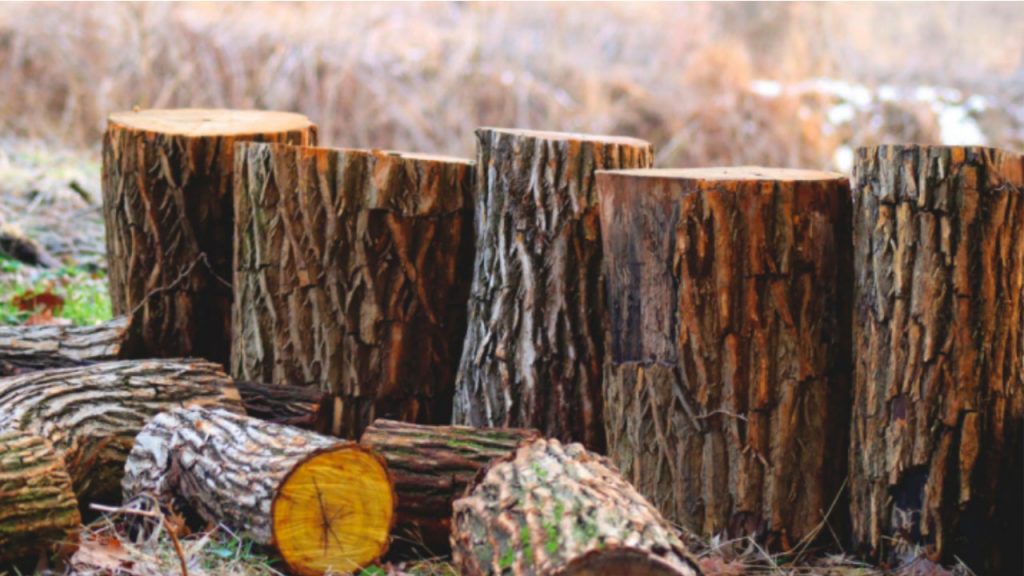Cutting the long story short, the costs of this poor practice are very high.
We have attended and inspected a number of trees and limbs that have fallen in recent severe weather events.
In each case it has been due to incorrect and dangerous pruning practices.
We receive several call-outs for corrective amenity pruning on trees and hedges. Many of them has been after the client had tried to save money by using a cheap tree lopper.
Trying to save money this way is downright dangerous, not to mention a false economy.
If an unqualified lopper prunes a tree that fails and impacts property or dwellings, it can lead to your insurance claim being denied. That’s because poor lopping creates hazards and increases the risk of tree failure.
So, what’s lopping then?
Lopping is reducing branches and stems to a stub, which destroys the natural shape and structure of the tree. It can remove most or all of the canopy.
Lopping is very stressful to trees. It will trigger new reaction growth, which is highly prone to failure, especially in windy and stormy conditions.
Poor lopping also leaves the tree open to disease, decay, fungi and infestations by insects. All of these also increase the risk of failure.
Lopping is considered by qualified arborists to be an unacceptable practice.
It is bad for trees, as well as posing risks to the lopper themselves. That’s not even to mention the risks it poses to other people and property from tree failure.
What is safe pruning?
Pruning is the body of techniques for the correct and uniform practices for safely reducing or trimming trees.
Well-established trees add a feeling of privacy for your home, but they may be too thick or be overhanging your neighbours, the street front, or your gutters.
Some trees may be growing over service wires and require urgent maintenance to avoid the risk of electrocution or damage from storms.
We cut trees back to a safe and acceptable distance in line with the Australian Standard for the Pruning of Amenity Trees. This ensures trees are kept secure and stable from the roots up as they grow in the coming years while avoiding potentially hazardous situations.
Many trees require pruning for a variety of reasons. These include maintaining or improving their health and beauty, and ensuring they are safe and structurally sound. Trees may also require pruning for practical reasons, such as to provide or maintain clearance for buildings and services.
Don’t risk lives, property, the appearance and beauty of your surroundings, or your hip pocket with the dangerous practice of lopping.
Contact us today for inspection, advice and services for safe, professional tree pruning.

